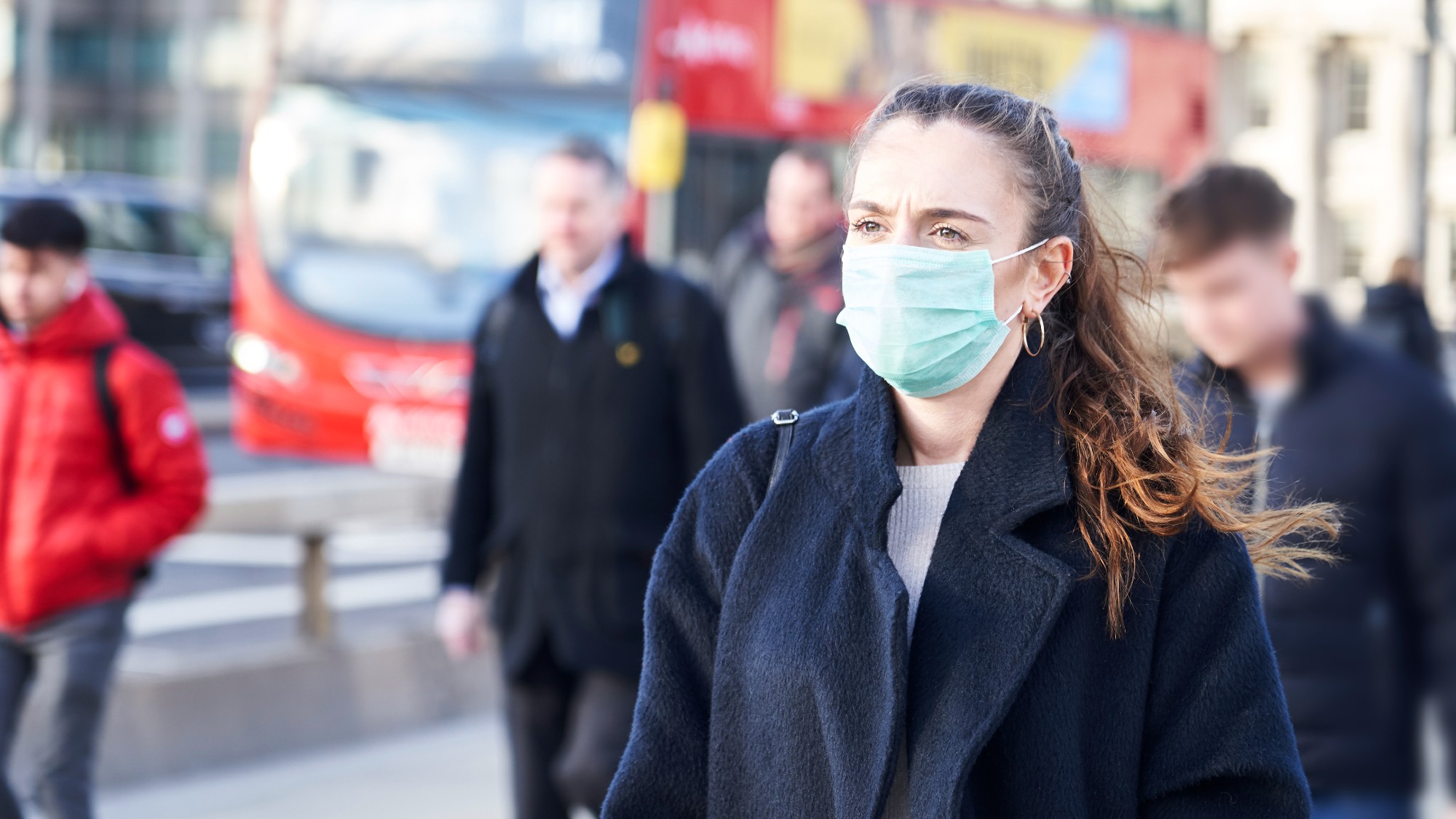Human metapneumovirus: how serious is the threat?
HMPV outbreak in China is unlike Covid-19 and no cause for alarm, say health officials

China is experiencing a surge in infections of a respiratory virus that is especially dangerous for young children, the elderly and vulnerable groups.
Reports of overcrowded hospitals and people wearing masks have prompted comparisons with the outbreak of Covid five years ago, but human metapneumovirus is far from a mystery illness.
What are the symptoms and how is it spread?
Human metapneumovirus, or HMPV, is a respiratory virus with flu-like symptoms that include a cough, fever and fatigue. With an incubation period of between three and six days, it is one of several viruses often lumped together under a broad definition of the "common cold", Dr Jacqueline Stephens, a senior lecturer in public health at Flinders University in Australia, told The Guardian.
The Week
Escape your echo chamber. Get the facts behind the news, plus analysis from multiple perspectives.

Sign up for The Week's Free Newsletters
From our morning news briefing to a weekly Good News Newsletter, get the best of The Week delivered directly to your inbox.
From our morning news briefing to a weekly Good News Newsletter, get the best of The Week delivered directly to your inbox.
A single-stranded RNA virus first identified in the Netherlands in 2001, HMPV is spread through respiratory droplets or contact with contaminated surfaces. It is not, however, a "notifiable disease like Covid-19 or influenza".
The illness is "typically mild", said The Independent, but it can lead to "severe complications such as pneumonia, particularly in infants, the elderly, and those with weakened immune systems".
There is currently no vaccine and treatment is focused on alleviating symptoms.
How dangerous is the new outbreak?
According to a 2021 study, 3%-10% of hospital admissions globally in 2018 and 1% of acute lower respiratory infection-related deaths in children aged under five were attributed to HMPV. The study also found that children under six months, especially those in low- and lower-middle-income countries, are at greater risk of death caused by the HMPV virus.
A free daily email with the biggest news stories of the day – and the best features from TheWeek.com
Beijing has downplayed the virus as an annual winter event. "Respiratory infections tend to peak during the winter season," China's foreign ministry spokesperson Mao Ning said on Friday. The apparent increase in cases is "likely partly due to new technology more easily detecting and identifying HMPV", according to experts who spoke to The Guardian.
The spike in cases "coincides with colder weather and increased indoor activity, conditions that typically fuel the spread of respiratory viruses", said The Independent. But China was "widely criticised for covering up details about the early stages of the Covid outbreak in the central city of Wuhan", said The Times.
Should we be worried in the West?
Unlike Covid-19, which was a completely new disease, HMPV has "been around for several decades and there is a level of immunity in the global population from past infections", said The Guardian.
Nevertheless, neighbouring countries including Cambodia and Taiwan are keeping a close watch on the situation. Indian media is "awash with reports" of an "outbreak" in China, said The Hindu, but health officials have said there is no need for panic as HMPV is "like any other respiratory virus".
In the UK, official data from the Health Security Agency revealed that 4.5% of swabs sent to sentinel labs in the last week of December tested positive for HMPV, with the highest positivity in those aged under five. The trend for HMPV is "increasing slightly", said the agency.
-
 A fentanyl vaccine may be on the horizon
A fentanyl vaccine may be on the horizonUnder the radar Taking a serious jab at the opioid epidemic
-
 Health: Will Kennedy dismantle U.S. immunization policy?
Health: Will Kennedy dismantle U.S. immunization policy?Feature ‘America’s vaccine playbook is being rewritten by people who don’t believe in them’
-
 How dangerous is the ‘K’ strain super-flu?
How dangerous is the ‘K’ strain super-flu?The Explainer Surge in cases of new variant H3N2 flu in UK and around the world
-
 Vaccine critic quietly named CDC’s No. 2 official
Vaccine critic quietly named CDC’s No. 2 officialSpeed Read Dr. Ralph Abraham joins another prominent vaccine critic, HHS Secretary Robert F. Kennedy Jr.
-
 This flu season could be worse than usual
This flu season could be worse than usualIn the spotlight A new subvariant is infecting several countries
-
 Covid-19 mRNA vaccines could help fight cancer
Covid-19 mRNA vaccines could help fight cancerUnder the radar They boost the immune system
-
 The new Stratus Covid strain – and why it’s on the rise
The new Stratus Covid strain – and why it’s on the riseThe Explainer ‘No evidence’ new variant is more dangerous or that vaccines won’t work against it, say UK health experts
-
 Why are autism rates increasing?
Why are autism rates increasing?The Explainer Medical experts condemn Trump administration’s claim that paracetamol during pregnancy is linked to rising rates of neurodevelopmental disorder in US and UK


